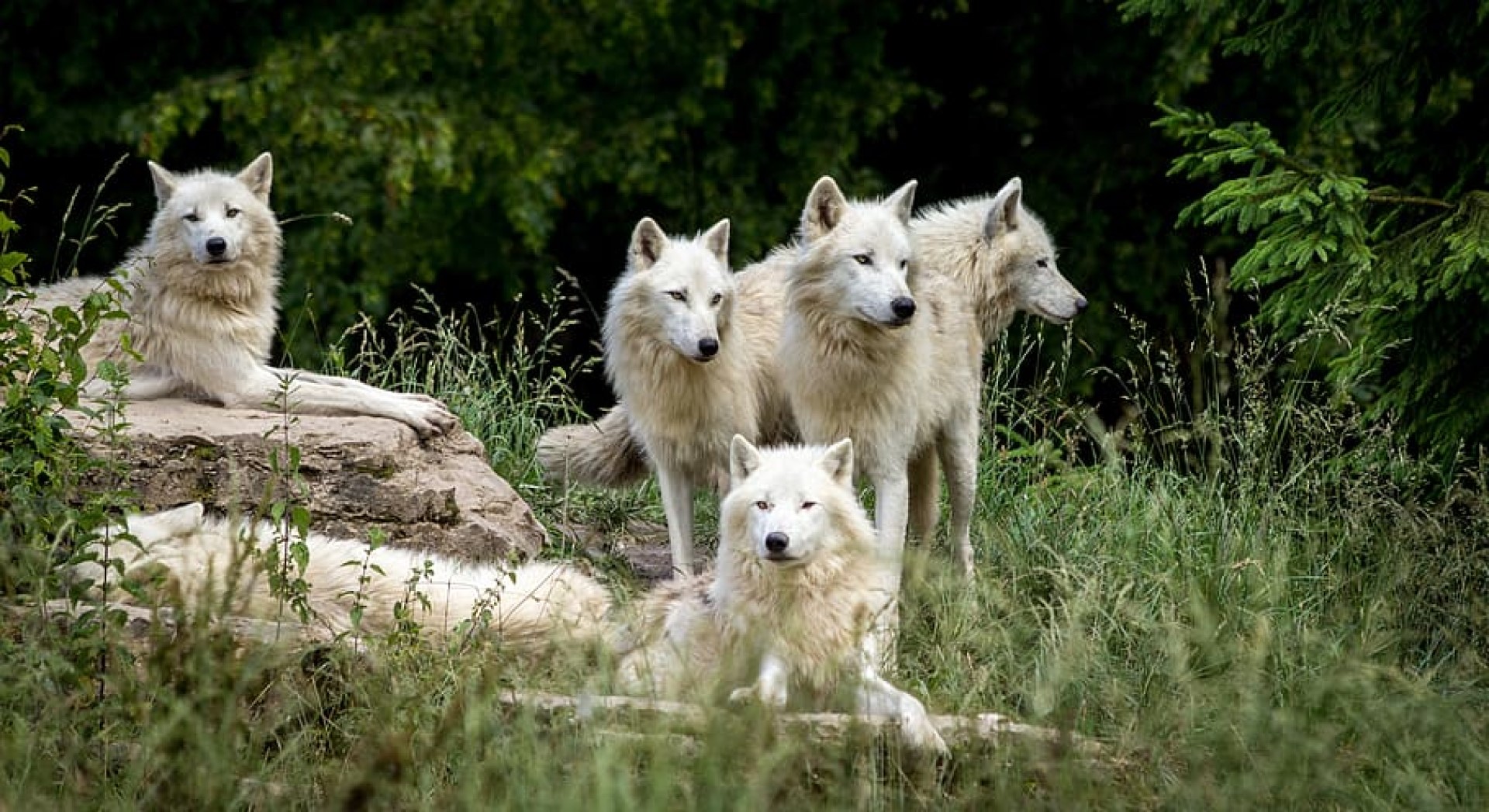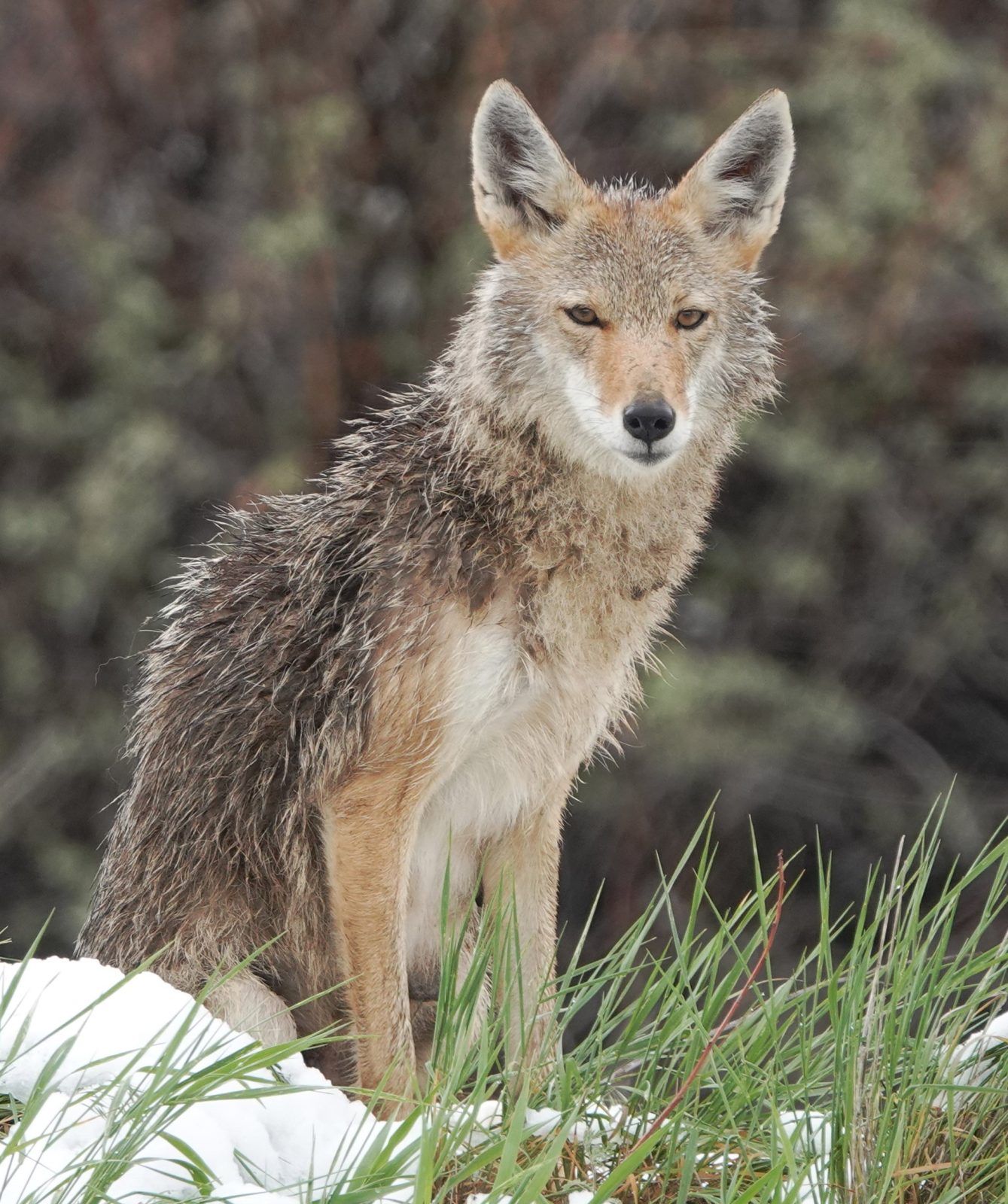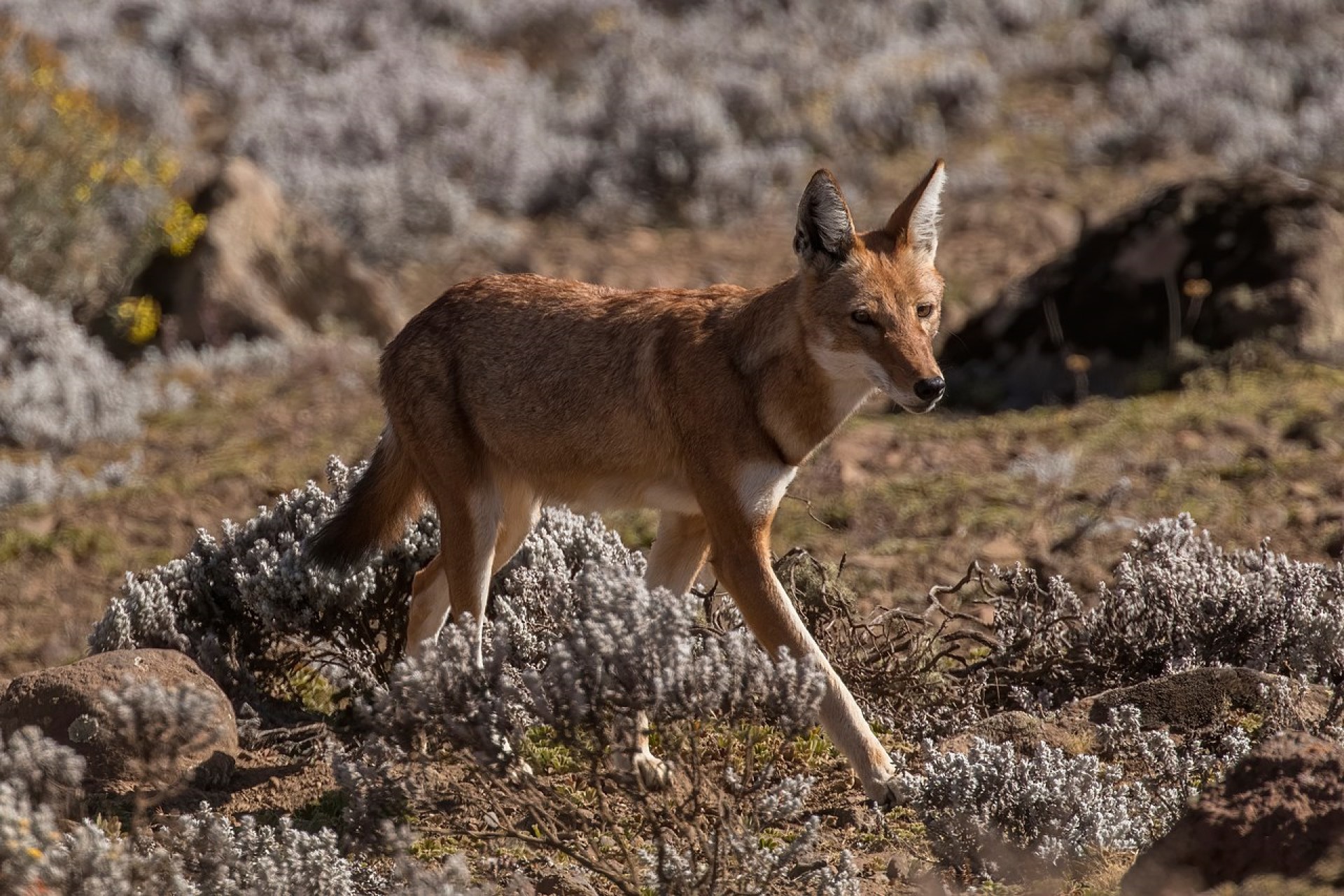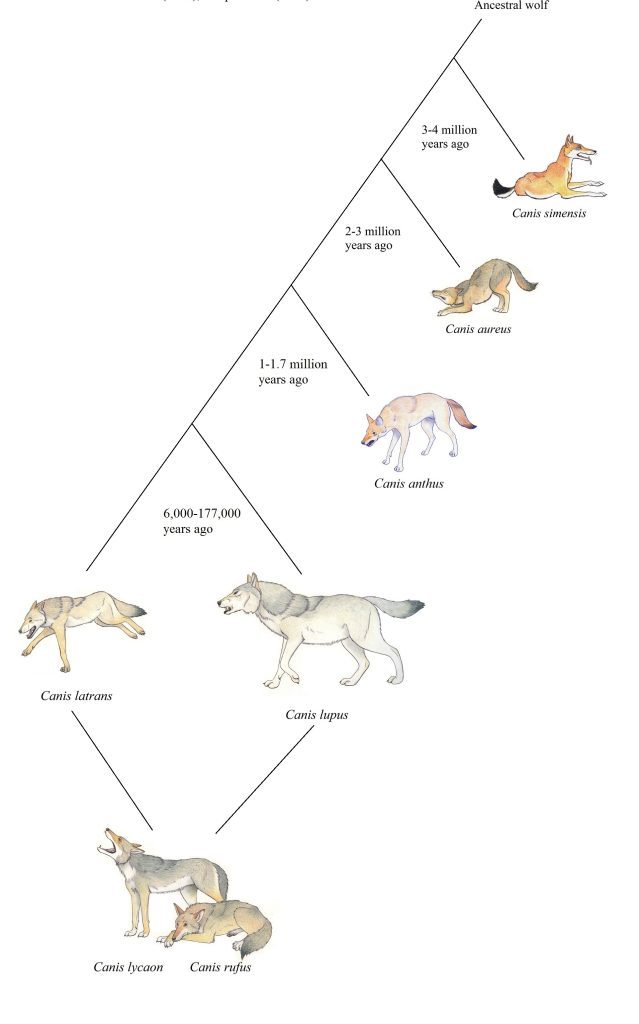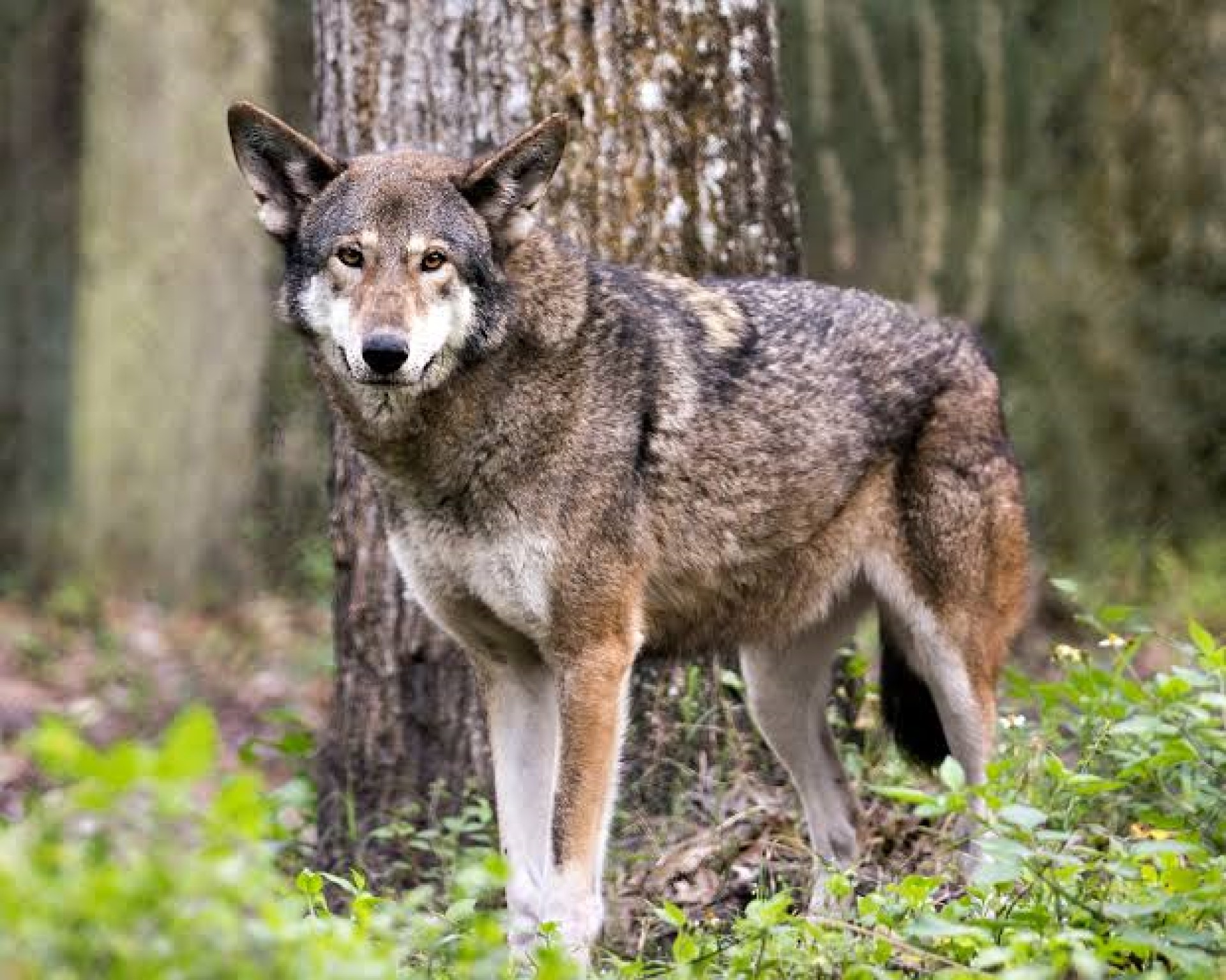The Algonquin wolf, also known as the Eastern wolf is a species which has been discovered in the eastern USA and Canada (click on the bold name above, to visit the species page).
Perhaps, understandably, it is hard to find a new species in the USA unless it is already pretty rare. This species is only thought to have around 500 individuals, throughout its range (eastern USA and north into Canada).
South-eastern Canada has been known for a race of wolves and coyotes, that do not appear quite right for some time. This study suggested that this group of wolves split from the rest of wolves around 67,000 years ago. This appears to recent to give rise to the significant genetic differences, but it appears that this population also bred with coyotes around 37,000 years ago, and has continued to have genetic exchange between both species (on occasion) since.
As such, it is suggested that the Eastern wolf largely owes its appearance to hybridization between all three.
Has this lead to a more successful species? Well, one may well suggest not, given the small number of these wolves that survive at this time.
However, this is a well settled part of North America, suggesting that in fact it could be down to human hunting rather than natural forces.

